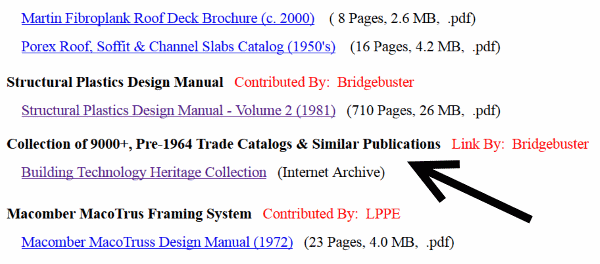engineerdustin
Structural
- Nov 28, 2017
- 3
Has anyone run into this particular unit before and have any information on block sizes, compressive strength, etc.?
Denver, CO house built in 1920's
Thanks!
Denver, CO house built in 1920's
Thanks!


![[idea] [idea] [idea]](/data/assets/smilies/idea.gif)
![[r2d2] [r2d2] [r2d2]](/data/assets/smilies/r2d2.gif)